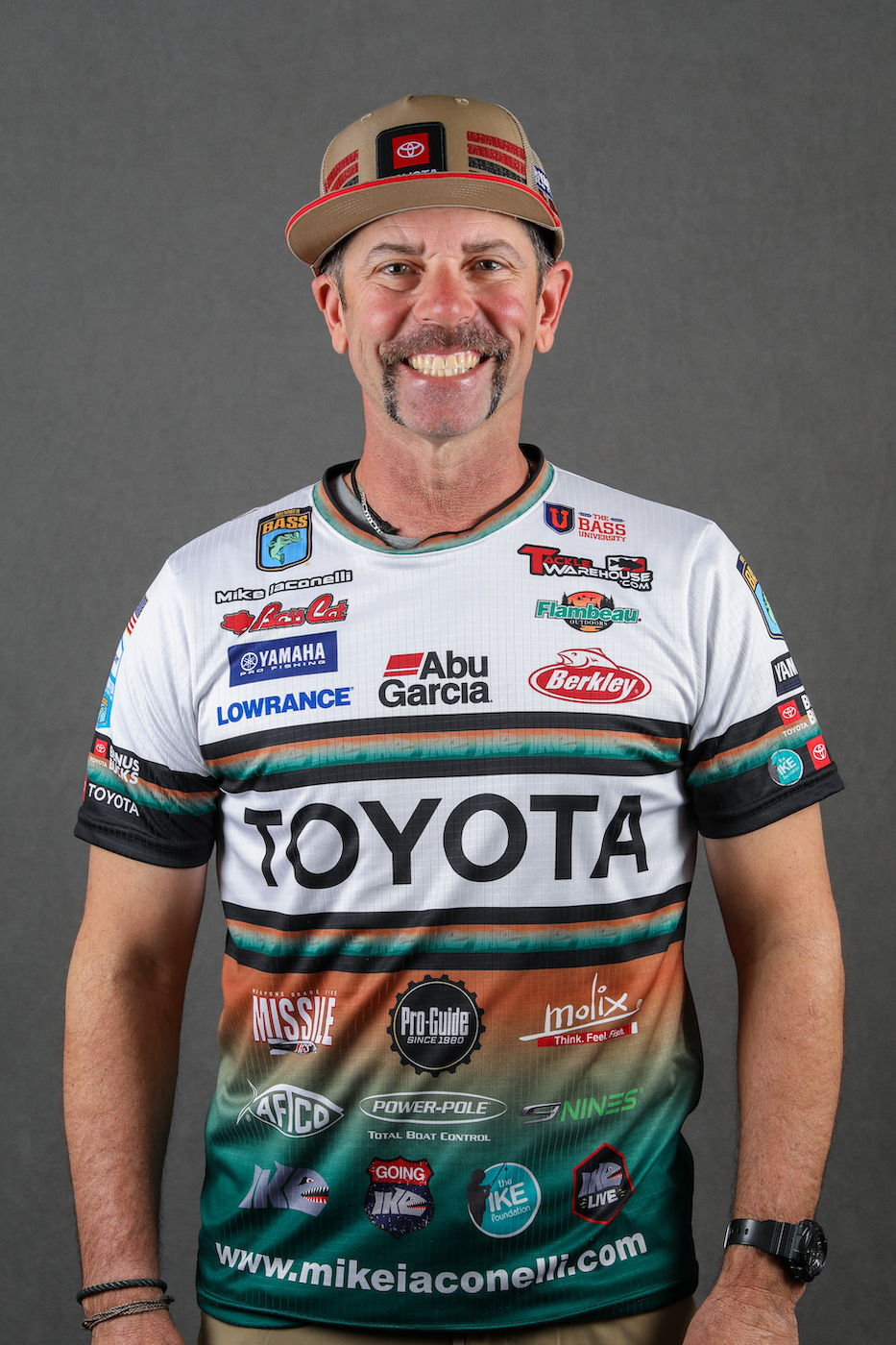Many of today's anglers think the shaky head is a new technique, but the technique has been around for half a century, if not longer. Only the name is new. We used to call it a jighead worm. The shaky head consists primarily of a round ball-head-style jig hook and a thin plastic worm, and the basic presentation is shaking. You can use the shaky head presentation around thick cover, vertical structure and in both shallow and deep water. It's certainly not just a technique for deep, open water. On the bottom, the short, thin plastic worm rises at an angle, so it waves in the current each time you shake it.
That's what the ball head creates because of the 90-degree angle of the line-tie. One misconception is that the shaky head is always rigged with the hook exposed. I rarely fish it that way. I rig it Texas-style and choose a weight heavy enough for me to maintain bottom contact, generally between 1/16 and 3/8 ounce. I really like the 1/8-ounce head in depths down to about 10 feet, and I gradually increase the weight as I fish deeper. I use 6- to 10-pound fluorocarbon line and a 7-foot spinning rod.
My favorite lure is a 6-inch Berkley Power Shaky Worm. It has a straight tail and a flat side that lets it glide to the bottom. If bass are feeding on extremely small forage or receiving heavy fishing pressure, I'll use a 4-inch worm, and when bass are feeding on larger forage, I'll go to a 7-inch worm. I cast near a piece of cover, such as a tree, bush, boat dock, rocky point or shoreline. These are some of my favorite shaky head targets, but you can use a shaky head anywhere and during any season. I've fished them in water as shallow as a foot all the way down to 40 feet.
Because this is a 50/50 bait where half my strikes will come as the worm is gliding to the bottom, I let it fall on a controlled slack line to help me see and feel when a bass hits. I don't shake it as it's falling, because this will eliminate that smooth, wandering glide. If nothing hits on the glide, I start slowly crawling the worm along the bottom, just dragging it.
I don't hop it or jerk it or do any erratic sweeps. It's only when the worm comes up to a rock or stick that I start shaking. This is when that worm tail rises in the water and starts waving and attracting fish. I recently finished second in a tournament at Lake Conroe, Texas, fishing a shaky head all three days. I had only two areas, a rocky point where a highway bridge crossed a creek and a long underwater riprap wall. I kept my boat in 12 to 14 feet of water and made my casts toward the shore in 3 or 4 feet of water.
Then I started slowly dragging the shaky head back, and each time it "snagged," I started shaking it until it eventually popped over the rocks. The bass were in 6 to 8 feet of water, and all the strikes came just as the shaky head popped free. Among them were two fish weighing 8-1 and 9-8. That 9-8 turned out to be the largest bass of the tournament and won a new Toyota Tundra truck for me, so you can understand why the shaky head is one of my favorite techniques.





